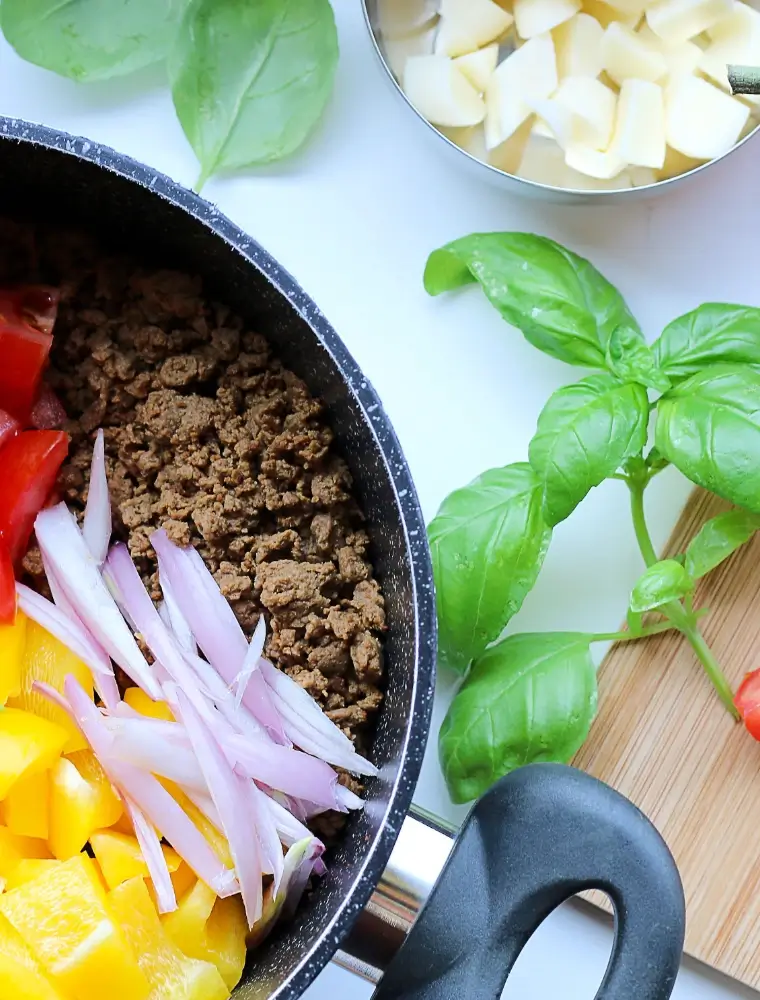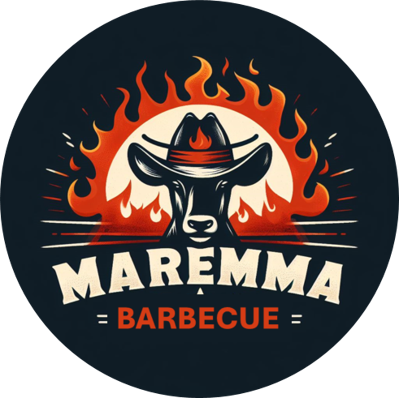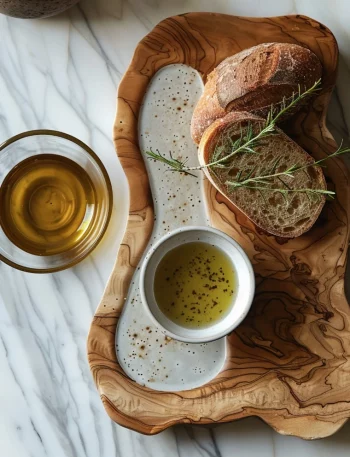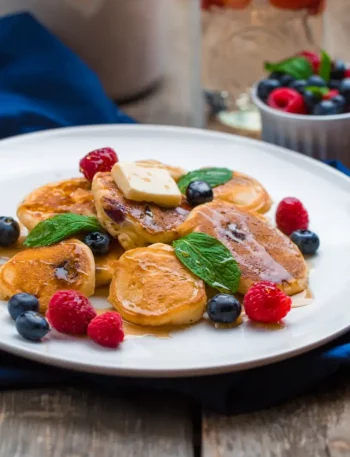 Visualizza la Galleria
3 foto
Visualizza la Galleria
3 foto
A recipe is a set of instructions for preparing a particular dish, including a list of the ingredients required and the steps to be followed. Recipes can be found in cookbooks, on websites, and in magazines, and they can be passed down through families and communities.
Homemade recipes have many benefits over store-bought or restaurant-prepared dishes. One of the main benefits is that they allow you to control the ingredients and amounts used, ensuring that the food you eat is healthy and suited to your dietary needs and preferences. By making your own recipes, you can choose to use whole, unprocessed ingredients and avoid additives, preservatives, and other potentially harmful substances.

Another benefit of homemade recipes is that they can be less expensive than buying prepared or restaurant-prepared food. When you make your own food, you can often save money by using cheaper ingredients and bulk-buying items that are on sale. You can also save money by reusing ingredients and leftovers, rather than buying new ingredients each time you want to make a dish.
In addition to the financial benefits, homemade recipes can be:
- more satisfying and enjoyable to make and eat
- delicious and nourishing for yourself and others.
- relaxing and therapeutic activity, as it allows you to be creative and engage your senses.
Homemade recipes can also be a great way to bond with friends and family. Inviting others to help with the cooking process or sharing a meal together can be a fun and enjoyable way to spend time together.
Finally, homemade recipes can be more environmentally friendly than store-bought or restaurant-prepared food. When you make your own food, you can reduce the amount of packaging and transportation involved, as well as the energy used to produce and transport the ingredients.

Overall, homemade recipes offer a range of benefits, including better control over ingredients and amounts, cost savings, enjoyment and satisfaction, social connections, and environmental benefits. Whether you are a seasoned cook or just starting out, making your own recipes can be a rewarding and fulfilling experience.
✅ Quick Tips: Read the recipe in its entirety before you start cooking. This will help you understand the ingredients, steps, and timing involved, and allow you to prepare any necessary equipment or ingredients beforehand.
Coleslaw: L’Insalata Croccante Perfetta per il BBQ
Il coleslaw è un’insalata fresca e croccante a base di cavolo cappuccio e carote, condita con una salsa cremosa a base di yogurt, maionese, senape e aceto. Il segreto per ottenere un risultato perfetto è tagliare finemente le verdure e mescolarle con la salsa solo poco prima di servire, per evitare che rilascino troppa acqua.
Questo contorno leggero e saporito si abbina alla perfezione con carne alla griglia, panini e piatti affumicati, rendendo ogni barbecue ancora più speciale.
Ingredienti
Istruzioni
-
cavolo cappuccio
- Per preparare il coleslaw o insalata di cavolo e carote, iniziate eliminando dal cavolo le foglie più esterne. Staccate poi le altre con delicatezza (non importa se un po’ si rompono) ed eliminate la venatura centrale (1) piuttosto dura e fibrosa. Lavatele accuratamente, asciugatele e tagliatele a listarelle. Per velocizzare questa operazione vi consiglio di arrotolarle (2). Pelate le carote e tagliatele a julienne (3).
-
- Mescolate carote e cavolo in una ciotola (4) e passate a preparare la salsa per il coleslaw: in una ciotolina mescolate lo yogurt con la maionese, lo zucchero e la senape (5). Amalgamate con un cucchiaio, quindi salate leggermente e aggiungete anche l’aceto (6).
-
- Mescolate bene e unite un pizzico di pepe e l’erba cipollina precedentemente tritata (7); potete tenerne da parte un po’ per decorare il piatto. Se non dovete consumare subito il coleslaw, tenete separate le verdure e la salsa, ben coperte in frigorifero: cavolo e carote a contatto con il sale tendono infatti a rilasciare acqua, che diluirebbe troppo la salsa. Al momento di servire versate la salsa sul coleslaw (8) e mescolate accuratamente (9).
Nutrition Facts
Porzioni 1
- Quantità per porzione
- Calorie 386kcal
- % Valore giornaliero*
- Grassi totali 16.7g26%
- Grassi saturi 2.4g12%
- Carboidrati totali 56.5g19%
- Zuccheri 7.5g
- Proteine 18.2g37%
- Vitamina A 302 IU
- Vitamina C 12 mg
- Calcio 135 mg
- Ferro 7 mg
* Percent Daily Values are based on a 2,000 calorie diet. Your daily value may be higher or lower depending on your calorie needs.
Note
You can also use other types of beans in this recipe, such as black beans or pinto beans.
Feel free to get creative and add your favorite pizza toppings to the mix!
Frequently Asked Questions
Can I use canned beans instead of dry beans?
Yes, you can use canned beans instead of dry beans in this recipe. Just be sure to drain and rinse the beans well before using them.
Can I use a different type of bean in this recipe?
Yes, you can use a different type of bean in this recipe, such as pinto beans or black beans. Just be sure to adjust the cooking time accordingly.
Can I use a different type of cheese in this recipe?
Yes, you can use a different type of vegan cheese in this recipe if you prefer. Just be sure to choose a cheese that melts well and has a similar flavor to the cheese listed in the recipe.
Can I add other toppings to this recipe?
Yes, you can add other toppings to this recipe if you like. Some options might include diced vegetables, vegan sausage, or vegan pepperoni. Just be sure to add these toppings after you have spread the bean mixture on the baking sheet, and before you add the cheese.
Can I freeze this recipe?
Yes, you can freeze this recipe. Just be sure to wrap the baked beans tightly in plastic wrap or aluminum foil, and then place them in an airtight container or bag. They will keep in the freezer for up to 3 months. To reheat, thaw the beans in the refrigerator overnight, then bake them in a 350°F (180°C) oven until they are hot and bubbly.








